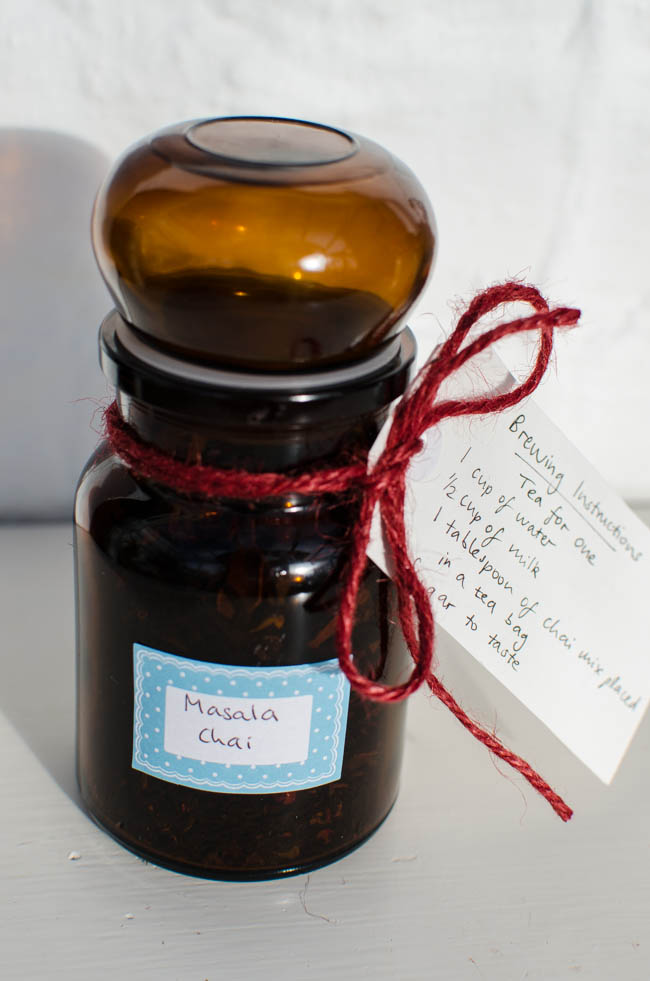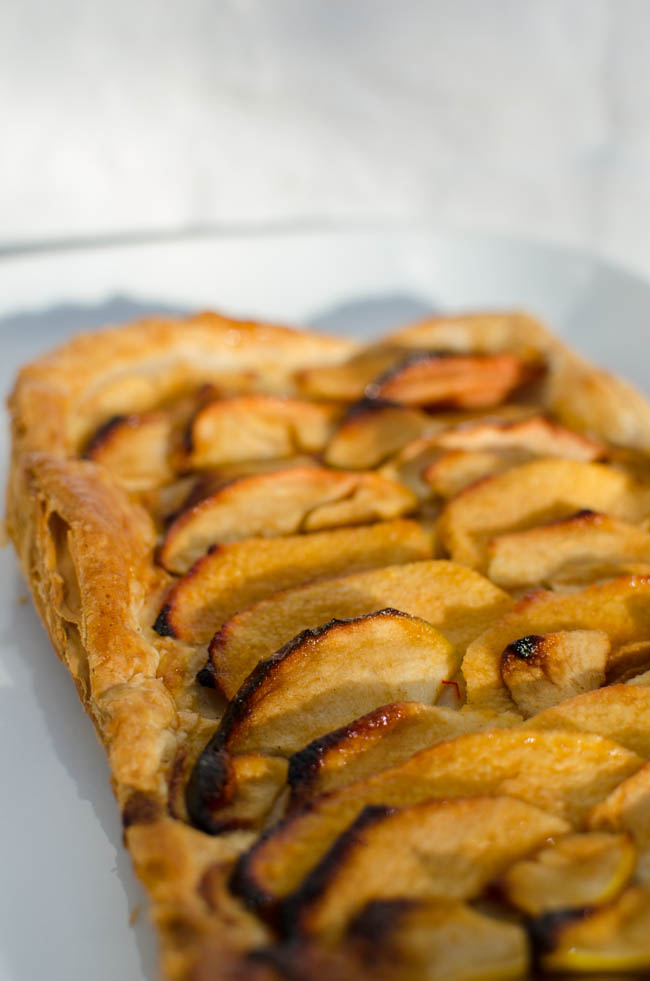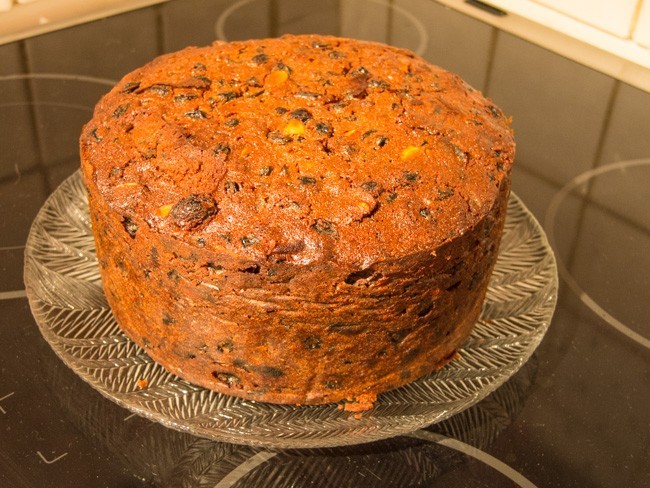Here is my first new project for 2014; 40 spices in 40 recipes in two years. This was inspired by the spices seen (and smelt) in Morocco; the lines of market stalls piled high with multi-coloured powders, roots and barks, the pungent spiciness tickling the nose. If you have ever seen inside my ‘flavour additive’ cupboard you will know that spices and the like feature frequently in my cooking. But in this series of blogs I want to take my use of spices to new places so each recipe will highlight one spice, though the recipe may contain other spices and flavour additives the ‘main’ spice will be the predominant flavour. Also, I want to discover new spices and unusual ways of using familiar ones, so look out for traditionally sweet spices in savoury dishes and visa versa.
What is it about spices? Any flavour additive (a term of my invention) turns a basic dish into something extra-ordinary, something special. Think of the sensations of eating a warmly spiced curry; the burning feeling in the mouth that is exciting and somewhat shocking, dangerous even. But then subtleties of a delicately spiced Christmas biscuit or the richness of vanilla in ice cream.
So first we need to know what we are using i.e. what is a spice? Well it turns out not to be an easy question to answer. The fountain of all knowledge that is Wikipedia (wink, wink – they like to think they are the bible but some of the information is flawed so take it with a pinch of salt) says a spice is ‘a dried seed, fruit, root, bark or vegetable substance primarily used for flavouring, colouring or preserving food’. So a dried part of a plant other than the leaves because the leaves are herbs. Ok, I think I’ve got it. But what about fresh spices like ginger root or garlic, they don’t HAVE to be dried do they? If they aren’t spices (or herbs) then what are they in a culinary sense? Ginger can be fresh or dried but both forms taste and act differently. Looks from a whiz around the internet that things like ginger, garlic, horseradish and capers are considered vegetable or flavourings rather than spices. Ok, we will stick to dried forms then.
So we come to our first recipe. I am not going to call this one of the official recipes of the project, because as the name implies, it contains several different spices and not one over-riding flavour. This recipe is adapted from a packet of ‘Chocolate Chai’ I bought in a Whittards shop and had been languishing in the back of the cupboard for a year until I made a pot a few weeks ago and discovered how delicious it was. The bought version was based on coco kernels which look and taste exactly like coco nibs (available from health food shops) so feel free to substitute them for the black tea. It made a fantastic mildly spicy and faintly chocolaty drink.
Masala Chai
You can add or substitute in really any spice you like, typically things like coriander, fennel, black pepper, star anise. 3 cups loose black tea (about 100g) 36 green cardamon 1 teaspoon pink pepper corns 2 teaspoons cloves 4″ piece of cinnamon broken into small shards 8 pieces of candied stem ginger in sugar, finely cut up Mix all the ingredients together and then store in a kilner jar or other similar jars for gift giving. I bought some empty tea bags with drawstrings which can be filled and then used like regular tea bags. Brewing Instructions tea for one 200ml of water100ml of milk (preferrably whole milk)
1 tablespoon of Chai Mix placed into a tea bag
Sugar or honey to tasteBring the water to a boil and add the teabag. Turn off the heat and let steep for about 5 minutes. Add the milk, turn on the flame and reheat until hot. Remove from heat, discard teabag, sweeten to taste, enjoy!
































